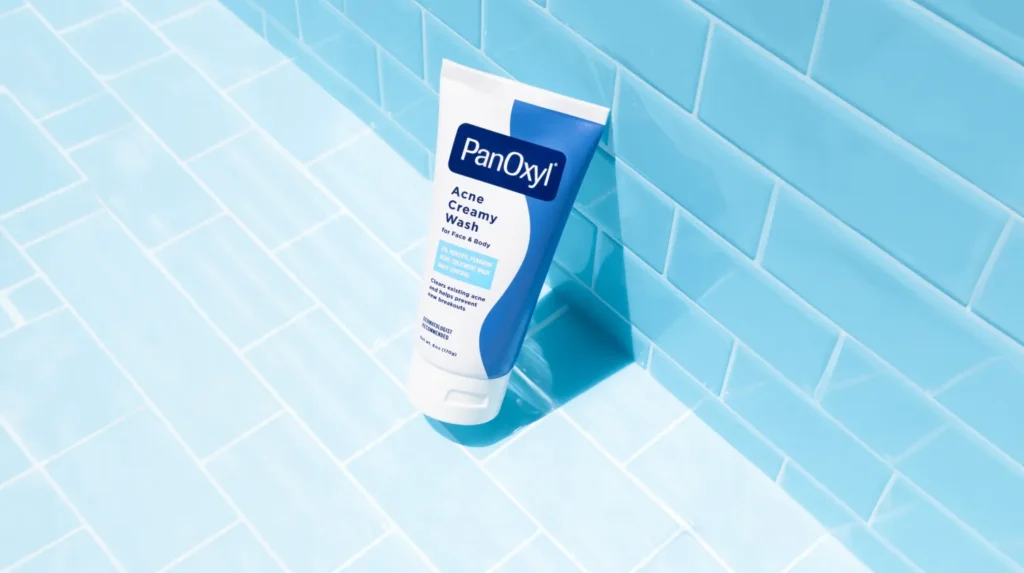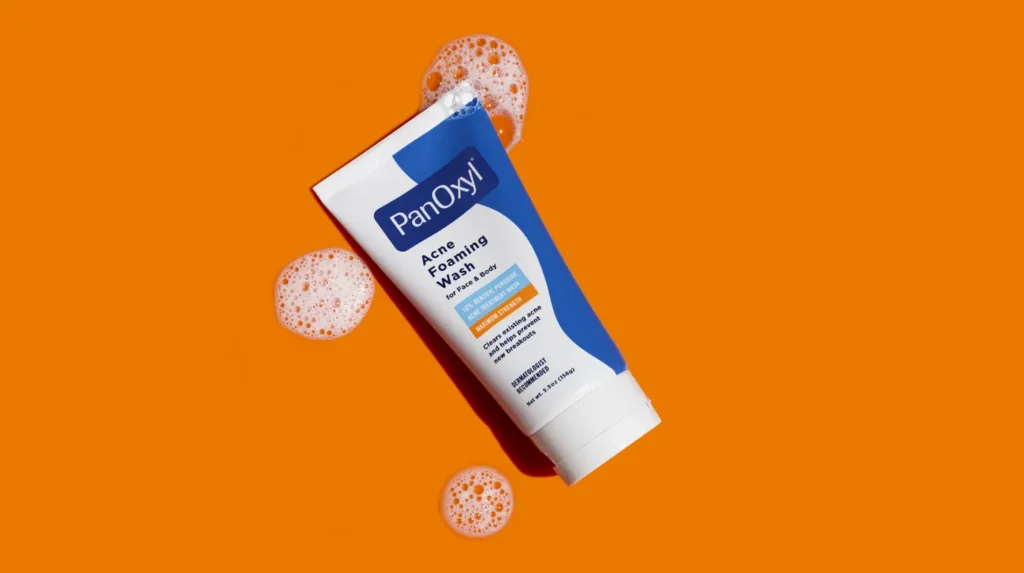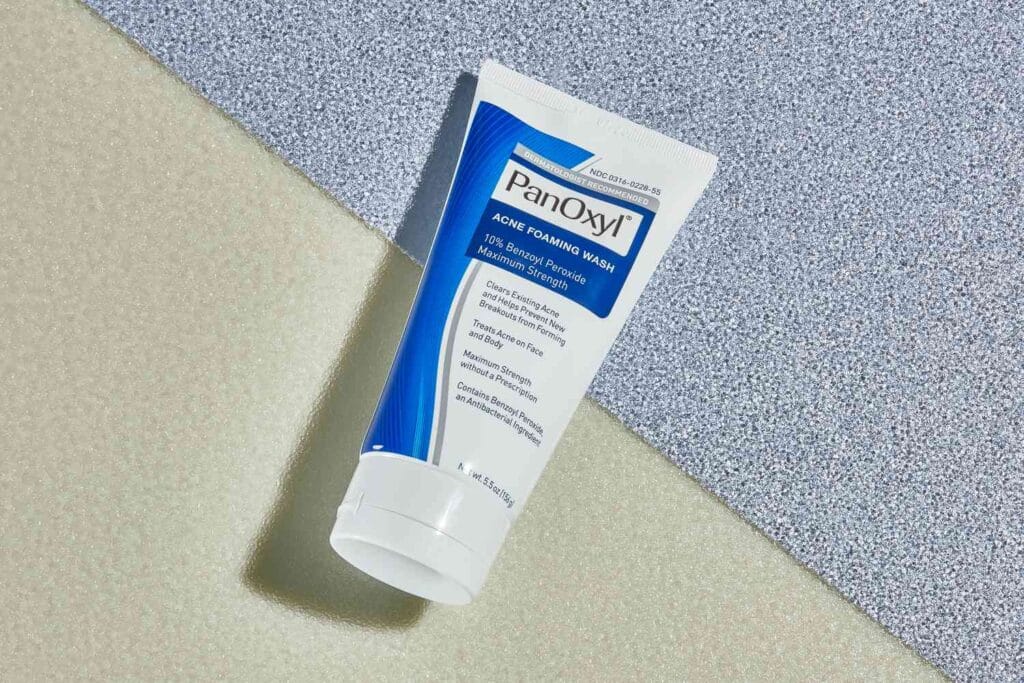Dealing with cystic acne can be a nightmare. Unlike regular pimples, these deep, painful cysts can linger for weeks and seem impossible to treat. You’ve probably heard of PanOxyl Face Wash, but can it really help with stubborn cystic acne? Let’s dive into the details to see if this powerful acne treatment is worth trying for tackling cystic breakouts.
Understanding Cystic Acne

Cystic acne is a severe form of acne that occurs when pores become clogged with dead skin cells, oil, and bacteria. Unlike regular acne, cystic acne penetrates deep into the skin, forming painful, inflamed cysts that can lead to scarring. Hormonal imbalances, genetics, and certain lifestyle factors can exacerbate this condition, making it difficult to manage with over-the-counter treatments.
What is PanOxyl Face Wash?
PanOxyl Face Wash is a popular acne treatment that contains benzoyl peroxide as its active ingredient. Available in various strengths, PanOxyl targets acne-causing bacteria, reduces oil production, and helps to unclog pores. The face wash is designed to be a fast-acting solution for acne-prone skin, aiming to provide clearer skin with regular use.
The Role of Benzoyl Peroxide in Treating Cystic Acne

Benzoyl peroxide is a powerful acne-fighting ingredient known for its ability to kill bacteria (particularly Propionibacterium acnes), which contributes to acne formation. It also helps to exfoliate the skin and reduce inflammation. For cystic acne, benzoyl peroxide’s antibacterial and anti-inflammatory properties make it a go-to ingredient for minimizing breakouts and preventing new cysts from forming.
Can PanOxyl Face Wash Help with Cystic Acne Specifically?
While PanOxyl Face Wash is effective in treating mild to moderate acne, its use for cystic acne is slightly more complex. Cystic acne often requires a multi-faceted approach, including prescription treatments like retinoids or oral medications. PanOxyl can help reduce surface bacteria and inflammation, but it may not penetrate deep enough into the skin to fully treat cystic acne on its own. That said, many people find it beneficial when used alongside other treatments recommended by dermatologists.
Benefits of Using PanOxyl for Acne Treatment

- Kills acne-causing bacteria: Benzoyl peroxide directly targets acne-causing bacteria, reducing breakouts.
- Reduces Oil Production: Helps in controlling excess oil, one of the main contributors to acne.
- Affordable and Accessible: PanOxyl is widely available and more affordable than many prescription acne treatments.
- Suitable for Regular Use: It can be easily incorporated into a daily skincare routine for ongoing acne management.
Drawbacks of Using PanOxyl for Acne
- Dryness and Irritation: Benzoyl peroxide can cause skin dryness, irritation, and peeling, especially for those with sensitive skin.
- Limited Penetration: Since cystic acne is deeper in the skin, PanOxyl may not be enough to treat it effectively without additional treatments.
- Bleaching Effect: Benzoyl peroxide can bleach clothing, towels, and bedding, making it necessary to be cautious during application.
How to Use PanOxyl Face Wash Effectively

- Start Slowly: Begin with a lower concentration of benzoyl peroxide (e.g., 4%) to avoid irritation, gradually increasing as your skin tolerates it.
- Apply Gently: Use a pea-sized amount of the face wash, massage it into the skin for about one to two minutes, then rinse with lukewarm water.
- Moisturize: Follow up with a hydrating, non-comedogenic moisturizer to prevent excessive dryness.
- Sun Protection: Since benzoyl peroxide can make the skin more sensitive to the sun, applying sunscreen daily is crucial.
Tips for Managing Cystic Acne Alongside PanOxyl
- Consult a Dermatologist: For severe cases, consider prescription treatments like retinoids or oral antibiotics.
- Avoid Picking: Touching or picking at cystic acne can worsen inflammation and lead to scarring.
- Diet and Lifestyle: Maintaining a balanced diet, reducing stress, and avoiding known acne triggers can improve skin condition.
- Consistency is Key: Regular use of products like PanOxyl can help, but results may take several weeks to become noticeable.
PanOxyl Alternatives for Cystic Acne

- Salicylic Acid Cleansers: Help to exfoliate the skin and unclog pores, ideal for preventing cystic acne.
- Retinoid creams: These can promote cell turnover and prevent clogged pores.
- Tea Tree Oil: A natural alternative that has antibacterial properties and can help reduce inflammation.
- Sulfur-Based Products: Often used for cystic acne due to their ability to absorb oil and reduce inflammation.
Conclusion
PanOxyl Face Wash, with its benzoyl peroxide formula, can help with cystic acne by reducing surface bacteria and controlling oil production. However, cystic acne often requires more intensive treatment. PanOxyl is most effective when used as part of a comprehensive skincare routine or alongside other treatments prescribed by a dermatologist. For those struggling with cystic acne, consulting a healthcare provider is essential to finding the best treatment plan.
FAQS
Is PanOxyl effective for cystic acne?
Yes, PanOxyl contains benzoyl peroxide, which helps target the bacteria causing cystic acne and reduces inflammation.
How long does it take for PanOxyl to show results on cystic acne?
Results can vary, but many users notice improvement within 1-2 weeks of consistent use.
Can PanOxyl be used daily for cystic acne?
Yes, but it’s best to start with once-daily use and gradually increase to avoid irritation, especially for sensitive skin.
Are there side effects of using PanOxyl on cystic acne?
Common side effects include dryness, redness, and peeling. Moisturizing afterward can help minimize irritation.
Should I consult a dermatologist before using PanOxyl for cystic acne?
Consulting a dermatologist is recommended, especially for severe cases of cystic acne or if irritation occurs.







